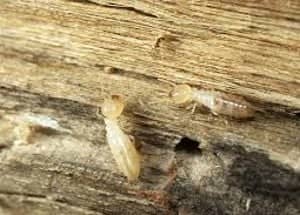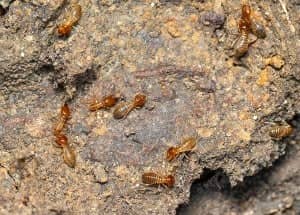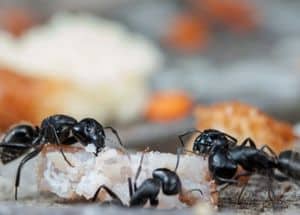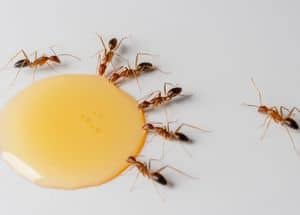Understanding How Termites Benefit From Cellulose Breakdown
Have you ever wondered how termites obtain their nutrition from the tough, woody material found in the trees they feed on? It may seem like an impossible task, but these tiny insects have developed a complex system for breaking down cellulose and obtaining nutrients from it. It turns out that termites play a crucial role … Read more




